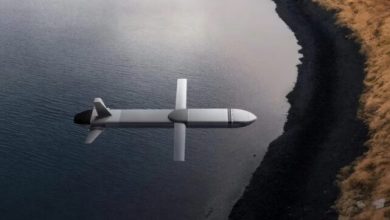Planets without plate tectonics could still be habitable

It has been thought that plate tectonics were a significant factor in the shaping of our planet and the evolution of life. Mars and Venus don’t experience such movements of crustal plates, but then the differences between the worlds is evident.
The exploration of exoplanets also reveals many varied environments. Many of these new alien worlds seem to have significant internal heating and so lack plate movements, too. Instead, a new study reveals that these “Ignan Earths” are more likely to have heat pipes that channel magma to the surface. The likely result is a surface temperature similar to Earth in its hottest period when liquid water started forming.
Plate tectonics explains the movement and interaction of the Earth’s upper layers. More accurately, the lithosphere, which is composed of the crust and upper layer of the mantle. It is divided into a number of pieces known as tectonic plates, which float around on the semifluid layer below, called the asthenosphere. Where the plates meet, geological features form, including mountains, volcanoes and trenches.
The process has been a crucial factor in the evolution of life on our planet. The shifting of landmasses has created new habitats and caused populations to become isolated, allowing for individual ecosystems to form.
Collisions of plates led to mountain range development, which influenced the weather patterns and climate. Volcanic activity driven by plate movement led to soils becoming fertile, plant life flourishing and the release of gases such as carbon dioxide into the atmosphere that helped the planet regulate its climate. It really has been a crucial process in the evolution of our planet.
In some respects, the process also stops a planet’s internal environment from overheating. There is a train of thought that if Earth didn’t have such plate movement, then it may be too hot internally for a stable environment to evolve. This was the subject of a paper by Matthew Reinhold and Laura Schaefer that was published in the Journal of Geophysical Research: Planets.
They explored the likelihood that such a world might have so much internal heating that it would instead resemble bodies like Jupiter’s moon Io. Here, we see intense levels of volcanism where lava violently erupts hundreds of kilometers into the atmosphere, which is full of toxic gases.
It’s not just a lack of plate tectonics that can lead to high levels of internal heating. Tidal effects can cause worlds to have one face constantly pointing to the sun, giving a wide range of surface temperatures.
Collectively, these worlds are known casually as Ignan Earths, and the paper explores whether they are habitable. Exploring the geology of the bodies in our solar system gives great insight. The team demonstrated that it is likely that worlds with high internal temperatures will develop a solid mantle. The crust will remain largely stable as a result, with the only likely activity being heat-pipe tectonics, where some of the internal heat is transferred to the surface; for example, from volcanic activity.
The team was able to model the likely surface temperature range based upon a number of different types of world and found that, contrary to previous expectations, a wide range of internal heating rates may well lead to worlds where the environment is conducive to habitability.





